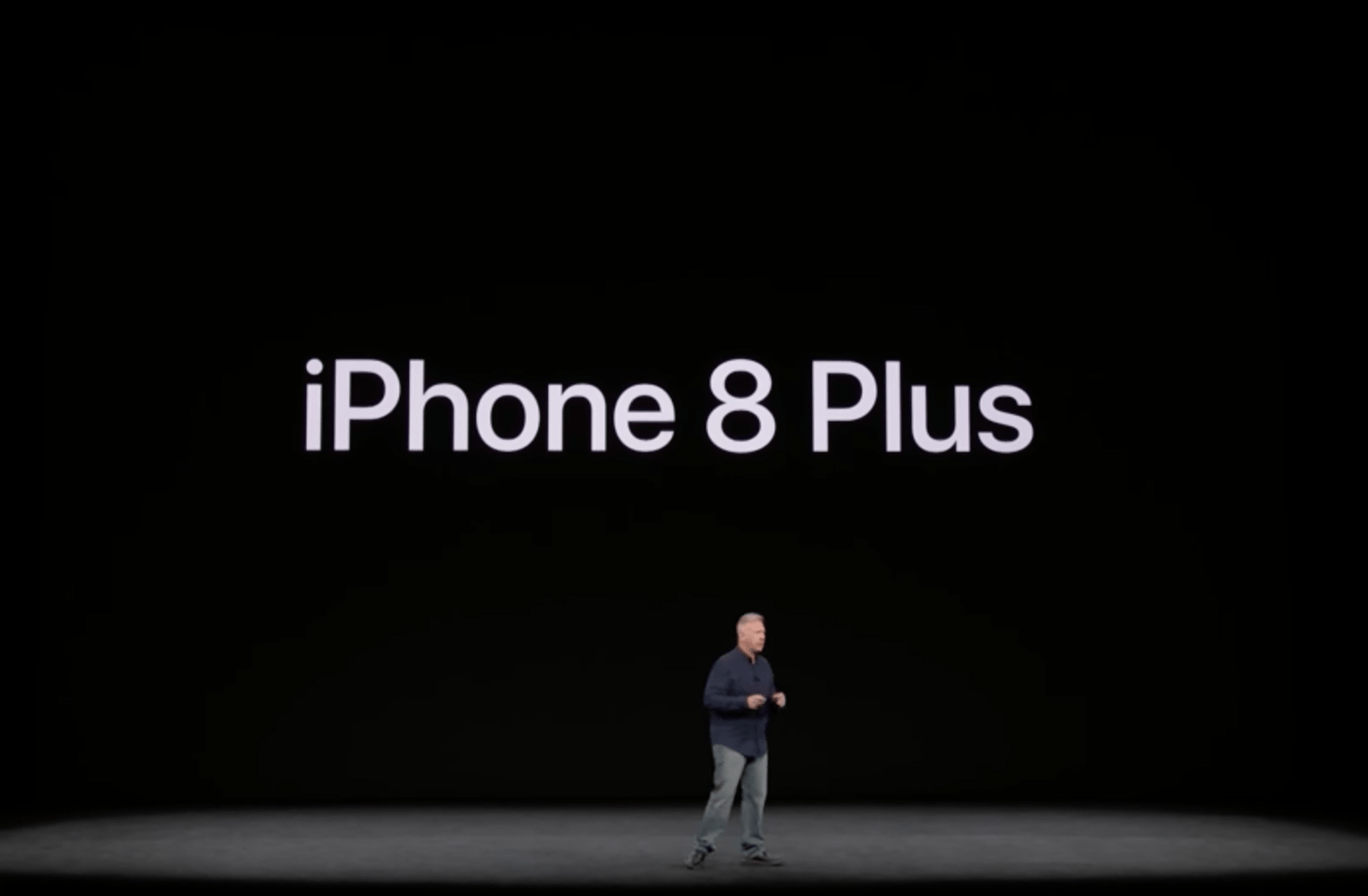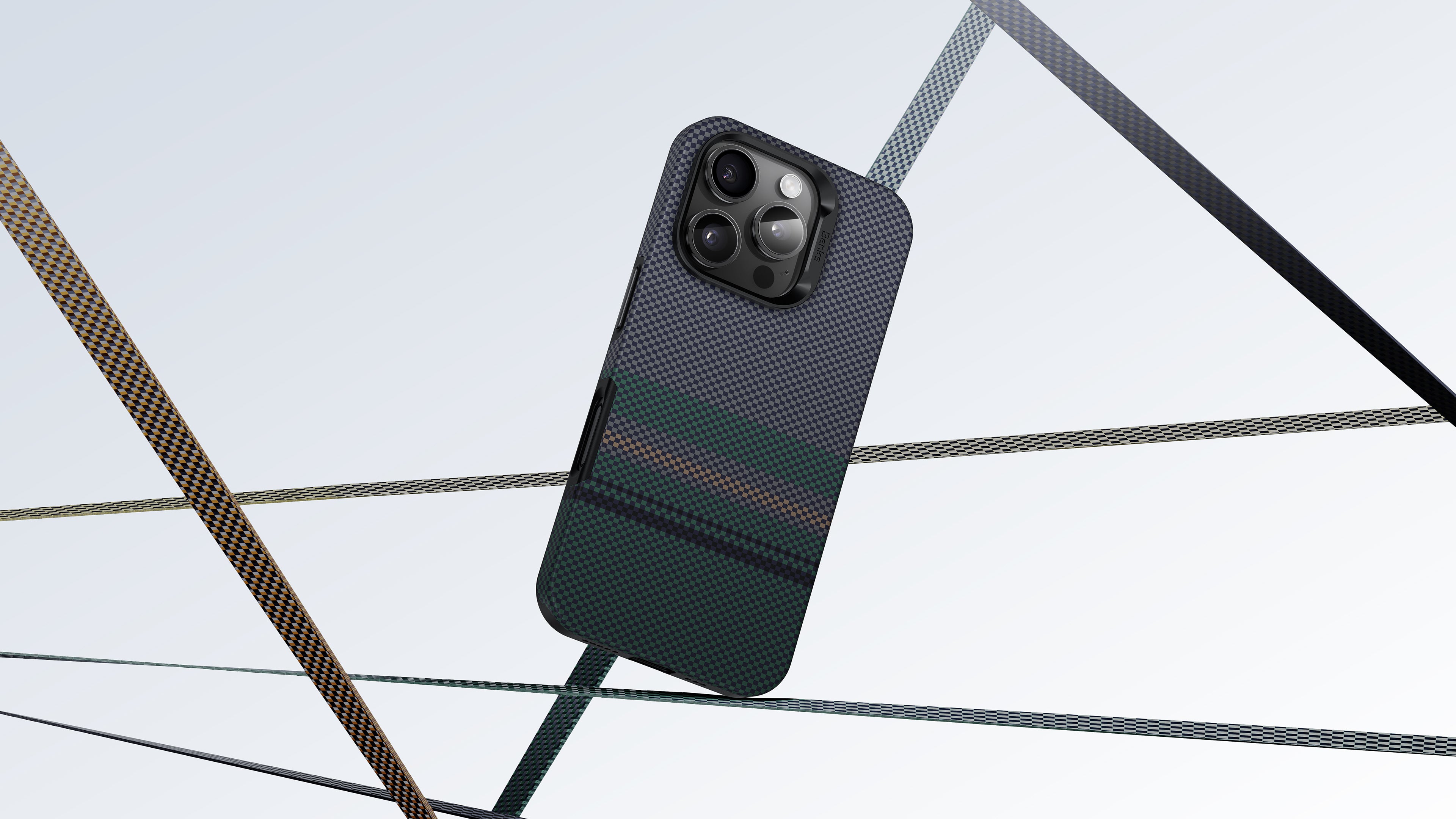
“The Apple iPhone X: A Revolutionary Leap or Just Another Upgrade?
Related Articles The Apple iPhone X: A Revolutionary Leap or Just Another Upgrade?
- Samsung Galaxy A14 5G: A Deep Dive Into Value-Packed Connectivity
- Poco X3 NFC
- Samsung Galaxy M32: A Detailed Review Of A Mid-Range Contender
- The Xiaomi Mi Mix 4: A Bold Return To Innovation
- Xiaomi 13 Pro: A Deep Dive Into A Flagship Redefined
Introduction
With great pleasure, we will explore the intriguing topic related to The Apple iPhone X: A Revolutionary Leap or Just Another Upgrade?. Let’s weave interesting information and offer fresh perspectives to the readers.
Table of Content
The Apple iPhone X: A Revolutionary Leap or Just Another Upgrade?

The year 2017 marked a significant milestone in the history of Apple’s iPhone. To commemorate the 10th anniversary of the iconic smartphone, Apple unveiled the iPhone X (pronounced "ten"), a device that promised to redefine the mobile experience. Departing from the familiar design language of its predecessors, the iPhone X introduced a radical new aesthetic, cutting-edge technology, and a host of innovative features. But was it a revolutionary leap forward, or simply another incremental upgrade dressed in a fancy new suit? This article delves into the intricacies of the iPhone X, examining its design, features, performance, and legacy to determine its true place in the annals of smartphone history.
Design and Build Quality: A Visual Masterpiece
The most striking aspect of the iPhone X was undoubtedly its design. Gone were the thick bezels and the iconic home button that had been a staple of the iPhone since its inception. In their place was an edge-to-edge OLED display that dominated the front of the device, creating a visually immersive experience unlike anything seen before.
The iPhone X featured a surgical-grade stainless steel frame that wrapped around the device, providing a premium feel and enhanced durability. The back of the phone was made of glass, enabling wireless charging and adding to the overall aesthetic appeal. However, the glass back also made the phone more susceptible to scratches and cracks, necessitating the use of a protective case for many users.
One of the most controversial design elements of the iPhone X was the "notch" at the top of the display. This cutout housed the front-facing camera, Face ID sensors, and other essential components. While some users found the notch to be distracting, others quickly grew accustomed to it, and it eventually became a signature design element of the iPhone X.
Overall, the design of the iPhone X was a bold departure from previous iPhones, and it set the stage for the design language of future Apple devices. The combination of the edge-to-edge display, stainless steel frame, and glass back created a device that was both visually stunning and incredibly well-built.
Display: A Feast for the Eyes
The iPhone X was the first iPhone to feature an OLED display, and it was a game-changer. The 5.8-inch Super Retina display boasted a resolution of 2436 x 1125 pixels, resulting in a pixel density of 458 ppi. This meant that images and text appeared incredibly sharp and detailed, with vibrant colors and deep blacks.
OLED technology offered several advantages over the traditional LCD displays used in previous iPhones. OLED displays are self-emissive, meaning that each pixel produces its own light. This allows for true blacks, as pixels can be completely turned off. OLED displays also offer wider viewing angles and better contrast ratios than LCD displays.
The iPhone X’s display also supported HDR (High Dynamic Range), which further enhanced the viewing experience. HDR content offered a wider range of colors and greater contrast, making images and videos appear more realistic and immersive.

Face ID: A New Way to Unlock Your Phone
With the removal of the home button, Apple needed to find a new way for users to unlock their phones. The solution was Face ID, a facial recognition system that used a complex array of sensors to map the user’s face.
Face ID was incredibly secure, with a 1 in 1,000,000 chance of someone else being able to unlock your phone. It was also incredibly convenient, as it allowed users to unlock their phones simply by looking at them.
The Face ID system consisted of several components, including a dot projector, an infrared camera, and a flood illuminator. The dot projector projected over 30,000 invisible dots onto the user’s face, creating a unique 3D map. The infrared camera then read the pattern of dots, and the flood illuminator helped to illuminate the face in low-light conditions.
Face ID was not only used for unlocking the phone, but also for authenticating Apple Pay transactions, logging into apps, and other secure tasks.

Performance: A Powerhouse in Your Pocket
The iPhone X was powered by the A11 Bionic chip, a custom-designed processor that was incredibly powerful and efficient. The A11 Bionic featured a six-core CPU, a three-core GPU, and a neural engine.
The six-core CPU consisted of two high-performance cores and four high-efficiency cores. The high-performance cores were used for demanding tasks, such as gaming and video editing, while the high-efficiency cores were used for less demanding tasks, such as browsing the web and checking email. This allowed the iPhone X to deliver excellent performance while also conserving battery life.
The three-core GPU provided excellent graphics performance, making the iPhone X a great device for gaming and other graphics-intensive tasks.
The neural engine was a dedicated hardware component that was designed to accelerate machine learning tasks. This allowed the iPhone X to perform tasks such as facial recognition and image processing much faster than previous iPhones.
Camera: Capturing Memories in Stunning Detail
The iPhone X featured a dual-lens rear camera system, consisting of a 12MP wide-angle lens and a 12MP telephoto lens. Both lenses had optical image stabilization (OIS), which helped to reduce blur in photos and videos.
The wide-angle lens had an aperture of f/1.8, while the telephoto lens had an aperture of f/2.4. The telephoto lens allowed for 2x optical zoom, which meant that users could zoom in on subjects without losing image quality.
The iPhone X’s camera was capable of capturing stunning photos and videos in a variety of lighting conditions. The camera also featured a number of software features, such as Portrait Mode and Portrait Lighting, which allowed users to create professional-looking portraits.
Battery Life: Getting Through the Day
The iPhone X offered decent battery life, but it wasn’t exceptional. Most users could get through a full day of moderate use on a single charge. However, heavy users may need to top up the battery during the day.
The iPhone X supported wireless charging, which made it easy to charge the phone without having to plug it in. The iPhone X also supported fast charging, which allowed users to quickly charge the battery using a compatible charger.
Software: iOS at Its Finest
The iPhone X shipped with iOS 11, the latest version of Apple’s mobile operating system. iOS 11 introduced a number of new features, such as a redesigned Control Center, a new Files app, and improved multitasking capabilities.
The iPhone X also took advantage of the unique features of iOS, such as Siri, Apple’s virtual assistant. Siri could be used to perform a variety of tasks, such as setting alarms, sending messages, and playing music.
Legacy: A Foundation for the Future
The iPhone X was a groundbreaking device that set the stage for the future of the iPhone. It introduced a new design language, cutting-edge technology, and a host of innovative features.
The iPhone X’s influence can be seen in subsequent iPhones, such as the iPhone XS, iPhone 11, and iPhone 12. These phones all feature edge-to-edge displays, Face ID, and powerful processors.
The iPhone X was not without its flaws. The notch was a controversial design element, and the battery life could have been better. However, these flaws were minor compared to the overall impact of the device.
Conclusion: A Revolutionary Leap
The Apple iPhone X was undoubtedly a revolutionary leap forward in smartphone technology. It introduced a new design language, cutting-edge features like Face ID, and a stunning OLED display that set a new standard for mobile devices. While it had its quirks, the iPhone X’s impact on the industry is undeniable. It paved the way for future iPhones and pushed the boundaries of what a smartphone could be. The iPhone X wasn’t just another upgrade; it was a pivotal moment in Apple’s history and a significant contribution to the evolution of mobile technology. It remains a testament to Apple’s commitment to innovation and its ability to redefine the user experience.

Closure
Thus, we hope this article has provided valuable insights into The Apple iPhone X: A Revolutionary Leap or Just Another Upgrade?. We appreciate your attention to our article. See you in our next article!
